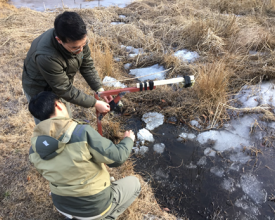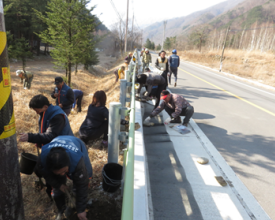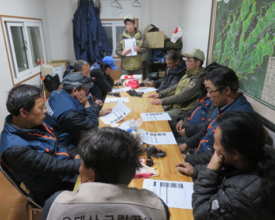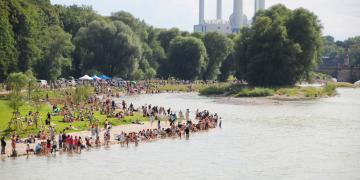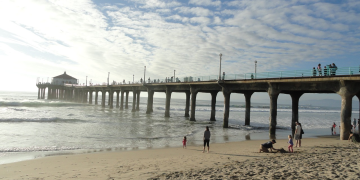

In Odaesan National Park, many roadkills happen on the National Road No. 6. During spring (March to April), many roadkills take place when Dybowski’s brown frog and salamanders move to spawning ponds. Efforts are being made to conserve the ecosystem and enhance biodiversity with the local community. An agreement on Functional Ecological Space Development for Conservation of National Park Biological Resources (Amphibians) has been made between residents of Samson-ri in Yeongok-myeon, Gangneung-si and Odaesan National Park Office. Support for wild animal rescue and ecological path construction has been made through voluntary cooperation with the local community. Promotion of scientific surveys and partnership activities with the residents has been made (e.g. installation of sensor cameras and thermometers, joint spawning monitoring and training for residents etc.)
Contexte
Challenges addressed
Emplacement
Impacts
- The number of road kills, which reached an annual average of 126 from 2010 to 2014, decreased to 24 since 2015
- 4,000 – 5,000 frogs, salamanders, and their predators (birds, snakes, otters, etc.) appear every year
- Ecological programs for the future generation raises awareness about the importance of the ecosystem
- The number of residents participating in the installation of roadkill prevention facilities, creation of alternative habitats, and monitoring has increased to 146 in 5 years
- Built a foundation for continued scientific surveys by the residents and volunteers


